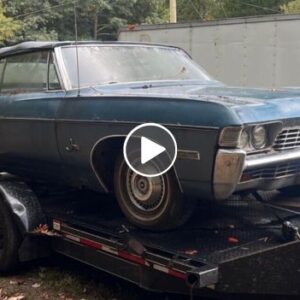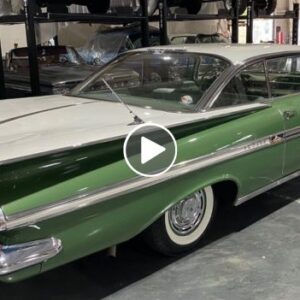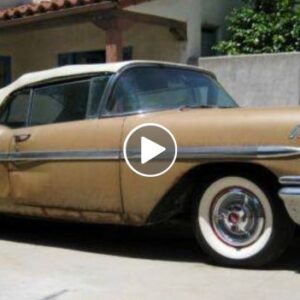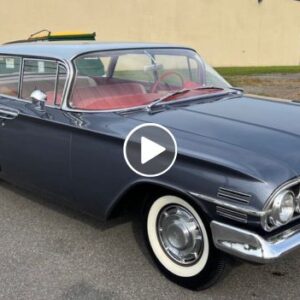In Symphony No. 9, Beethoven first experimented with using the human voice in a symphony, so it is also called a choral symphony. The lyrics sung in the final verse are performed by four soloists and a choir. These lyrics are taken from “Ode to Joy,” a poem written by Friedrich Schiller in 1785 and revised in 1803, with additional passages by Beethoven. In the 2010s, the Ninth Symphony was one of the most performed symphonies in the world.

“Anyone whose heart is moved by greatness and beauty will certainly be present,” was the praise of the Austrian press for Beethoven’s concert. On May 7, 1824, Beethoven’s 9th Symphony was performed for the first time. The symphony made a deep impression on the audience for many reasons. It is longer and more complex than any symphony to date and also requires a larger orchestra. But its most unique feature is that Beethoven added chorus and solo music to the final movement. He was the first composer to do so in a symphony.
Beethoven began thinking about adding Friedrich Schiller’s poem “Ode to Joy” to his composition as early as 1793, when he was 22 years old. In the following years, the composer occasionally returned to this poem and sketched out some themes surrounding it, but for a long time, no music was completed.
Final chorus
In 1817, the London Philharmonic Society commissioned Beethoven to write a symphony, but he did not really focus on it until 1822. The first three movements of the Ninth Symphony were dedicated to orchestra. , but Beethoven knew he needed to end the work on a very special note. That’s when he suddenly remembered “Ode to Joy”. A movement based on this famous poem is exactly the ending that Beethoven’s symphony needed.
Although the symphony was commissioned by the London Philharmonic Society, influential people in Vienna persuaded Beethoven to perform the symphony for the first time in the city. The Kärnnertor theater orchestra was supplemented with a number of other musicians, and a 90-member choir was created to balance the symphony.

Performance of Beethoven’s 9th Symphony at Haris Center Performing Arts Theater, Folsom, California. (Photo via Youtube)
Dancing like a crazy person
In 1824, Beethoven was almost completely deaf, but he still wanted to continue performing and conducting orchestras on stage. Additionally, Beethoven also wanted to help artists understand the style and motivation he wanted them to express.
The great composer’s movements during that concert were truly strange, one musician recalled: “He stood in front of the conductor’s position and leaned forward and back like a madman. One moment he tensed his whole body, then the next moment he almost bent down to touch the floor. He waved his arms and legs as if he wanted to play all the instruments and sing all the choruses by himself.” That’s why the orchestra conductor silently asked the musicians not to pay attention to Beethoven.

The applause could not be heard
Beethoven’s hearing loss has created one of the most touching stories in the music world. When the symphony ended, he continued to face the orchestra and perform conducting movements. Mezzo-soprano Caroline Unger had to step closer and turn Beethoven around so he could receive the applause and cheers of the audience.
According to one eyewitness, “the public received the musician with the highest respect and sympathy, listened to his wonderful and great compositions with rapt attention, and then exploded in music. applaud joyfully, usually between sections, and then again at the end of the symphony.” The audience applauded him with applause; and then there were handkerchiefs and hats and arms raised into the air, so that Beethoven, who could not hear the applause, could at least see the public cheers. Many attendees were moved to tears when they realized Beethoven could not hear anything.

(Photo via classicalmusic.uol.ua)
Miracle
Unlike Shakespeare’s Hamlet, Beethoven’s 9th Symphony masterpiece has a different meaning for each listener, but it is always the most wonderful, strongest and noblest thing about humanity. As Wilhelm Furtwängler – one of the greatest symphony conductors – once said, trying to discover exactly what Beethoven had in mind with the Ninth Symphony is like trying to find a place to pin a bird. Exact butterfly up an entomologist’s collection.
Harvey Sachs, a famous music researcher, also admitted this in admiration when analyzing the 9th symphony: “There is an unquestionable truth, that is each person’s own symphony. if you really listen seriously.”
The lyrics of “Ode to Joy” read:
Do you bow before Him, millions of people out there?
Do you feel the Creator, O world?
Perhaps we will never be able to agree on what this symphony is about, and all we can do is approach it with caution, humility, and admiration for its miracles. magic.

The Kärnnertor Theater in Vienna is where Beethoven first performed his Ninth Symphony. This theater no longer exists. Today, in the theater’s place is the Sacher Hotel, to the right of the Vienna Opera House. (Photo via inmozartsfootsteps.com)





